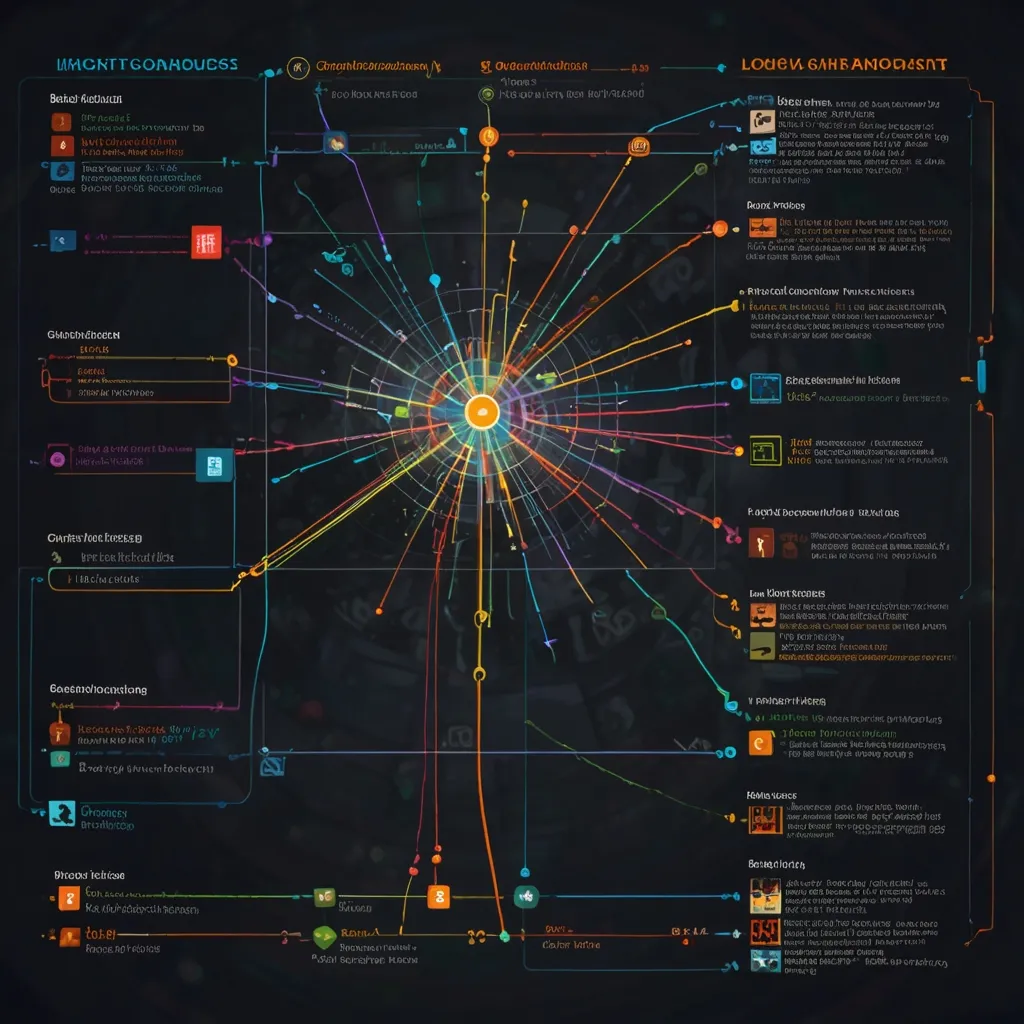Let’s dive into the exciting world of reactive programming with Java and a handy library called Project Reactor. Reactive programming’s been making waves, especially with the rise of microservices and real-time data processing needs. So, if you’re building modern apps and want to handle asynchronous data streams like a pro, you’re in the right place!
First off, what’s reactive programming anyway? It’s all about writing code that reacts to events. Instead of waiting around for responses (and wasting resources), your code springs into action when data or events come its way. Four key principles make this happen:
- Asynchronous: Non-blocking I/O operations let your code do its thing without waiting around.
- Event-driven: Your code responds to events and data streams, no need for endless polling.
- Non-blocking: No blocking or waiting for responses, which means efficient resource use.
- Backpressure: Handles high data volumes by applying backpressure to keep the system running smoothly.
Alright, now let’s chat about Project Reactor, the powerhouse for building reactive applications on JVM. It’s super efficient and integrates seamlessly with Java 8 functional APIs like CompletableFuture, Stream, and Duration. The rockstars of Reactor are its two core types: Mono and Flux.
Mono is your go-to for single values or errors. Imagine fetching one user record—that’s Mono’s gig. On the other hand, we have Flux, which deals with streams of values or errors. Got multiple user records to handle? Flux is your buddy.
Project Reactor brings a ton of cool features:
- Reactive Types:
MonoandFluxare the building blocks. - Operators: Tons of operators to manipulate and transform data streams. Plus, they can be chained together for readable and maintainable code.
- Schedulers: Manage threading efficiently using schedulers to control execution.
- Backpressure: Keeps the data flow smooth without overwhelming the system.
To see all this in action, let’s break down a simple reactive application—a RESTful API returning a list of users.
First, define your UserEntity and UserRepository:
@Data
public class UserEntity {
private Long id;
private String name;
private String email;
}
public interface UserRepository {
Flux<UserEntity> findAll();
}
Next, implement UserRepository using an in-memory data store:
@Repository
public class UserRepositoryImpl implements UserRepository {
private List<UserEntity> users = new ArrayList<>();
public UserRepositoryImpl() {
users.add(new UserEntity(1L, "John Doe", "[email protected]"));
users.add(new UserEntity(2L, "Jane Doe", "[email protected]"));
}
@Override
public Flux<UserEntity> findAll() {
return Flux.fromIterable(users);
}
}
Now, create a service to fetch users reactively:
@Service
public class UserService {
private final UserRepository userRepository;
public UserService(UserRepository userRepository) {
this.userRepository = userRepository;
}
public Flux<UserEntity> getUsers() {
return userRepository.findAll();
}
}
Finally, whip up a controller to expose this via a REST endpoint:
@RestController
@RequestMapping("/users")
public class UserController {
private final UserService userService;
public UserController(UserService userService) {
this.userService = userService;
}
@GetMapping
public Flux<UserEntity> getUsers() {
return userService.getUsers();
}
}
Reactive programming isn’t just about data flow; it’s also about handling errors efficiently. Reactor has nifty ways to manage errors, like onErrorReturn, onErrorResume, and onErrorContinue.
Here’s an example of using onErrorReturn to return a default value when hitting an error:
public Flux<UserEntity> getUsers() {
return userRepository.findAll()
.onErrorReturn(new UserEntity(0L, "Default User", "[email protected]"));
}
Schedulers come to the rescue when you need to juggle threading contexts. They help you execute reactive code on specific thread pools. Here’s how you use a scheduler:
public Flux<UserEntity> getUsers() {
return userRepository.findAll()
.subscribeOn(Schedulers.boundedElastic())
.publishOn(Schedulers.parallel());
}
Backpressure management is crucial. Reactor’s demand management system ensures that the producer doesn’t bombard the consumer with more data than it can handle, keeping resource exhaustion at bay.
Debugging and testing reactive applications can be tricky, but Reactor offers tools like reactor-tools for logging and tracing. Just add the dependency:
<dependency>
<groupId>io.projectreactor</groupId>
<artifactId>reactor-tools</artifactId>
</dependency>
And initialize the debug agent in your main method:
public static void main(String[] args) {
ReactorDebugAgent.init();
SpringApplication.run(Application.class, args);
}
Wrapping this up, Project Reactor is a stellar tool for building reactive apps in Java. Its non-blocking nature, efficient demand management, and versatile operators make it a top choice for creating responsive, scalable applications. Get the hang of reactive programming concepts and how to wield Project Reactor, and you’ll be building apps that handle high data volumes with ease.
Here’s an extra snippet to demonstrate filtering user interactions:
@Data
public class UserInteraction {
private String userId;
private String domElement;
private Instant timestamp;
}
public interface UserInteractionService {
Flux<UserInteraction> findInteractionsBetweenTimestamps(Instant start, Instant end);
}
@Service
public class UserInteractionServiceImpl implements UserInteractionService {
private List<UserInteraction> interactions = new ArrayList<>();
public UserInteractionServiceImpl() {
interactions.add(new UserInteraction("user1", "button", Instant.now().minusSeconds(10)));
interactions.add(new UserInteraction("user2", "link", Instant.now().minusSeconds(5)));
interactions.add(new UserInteraction("user3", "button", Instant.now()));
}
@Override
public Flux<UserInteraction> findInteractionsBetweenTimestamps(Instant start, Instant end) {
return Flux.fromIterable(interactions)
.filter(interaction -> interaction.getTimestamp().isAfter(start) && interaction.getTimestamp().isBefore(end));
}
}
This sample shows how to use Flux to filter user interactions by timestamp, demonstrating Project Reactor’s ability to handle even more complex scenarios.
By mastering Project Reactor, you’ll be creating modern, efficient, and highly responsive applications that can juggle large data streams without breaking a sweat. Happy coding!






